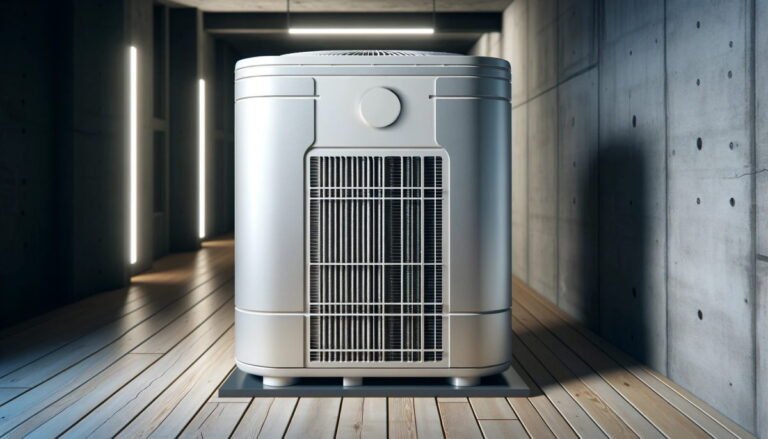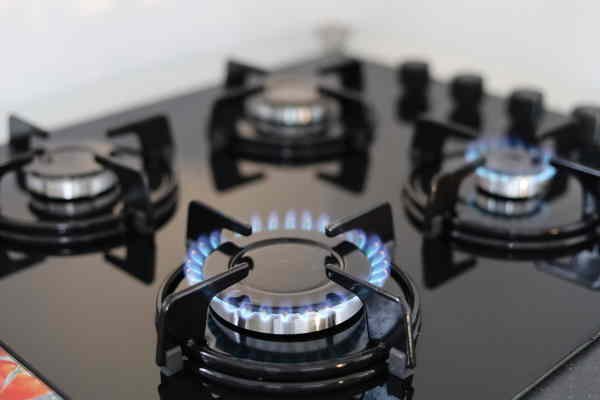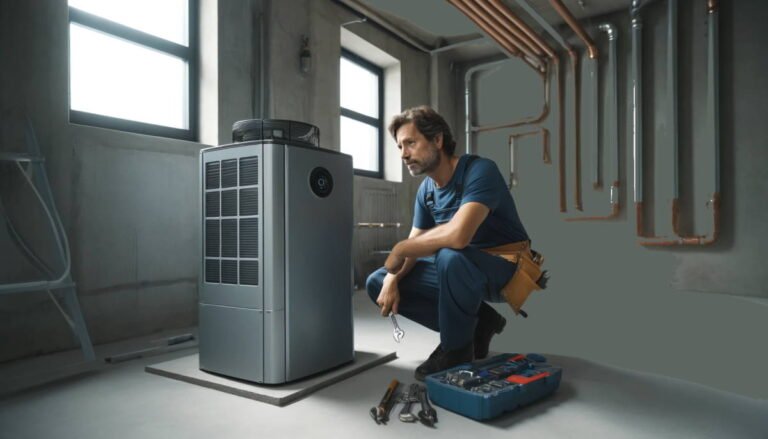Sizing a Tank Water Heater: How To Choose The Best Size for Your Home
Are you tired of running out of hot water during your morning shower or overpaying on your energy bills? The solution could be as simple as choosing the right size water heater’s tank.
Or, you might be planning to get a traditional model but need some info on sizing a tank water heater. A well-sized water heater ensures you have all the hot water you need for the whole household when you need it, without wasting energy or money.
Check this straightforward guide to find out how to select the perfect water heater for your home and enjoy consistent, efficient hot water year-round.
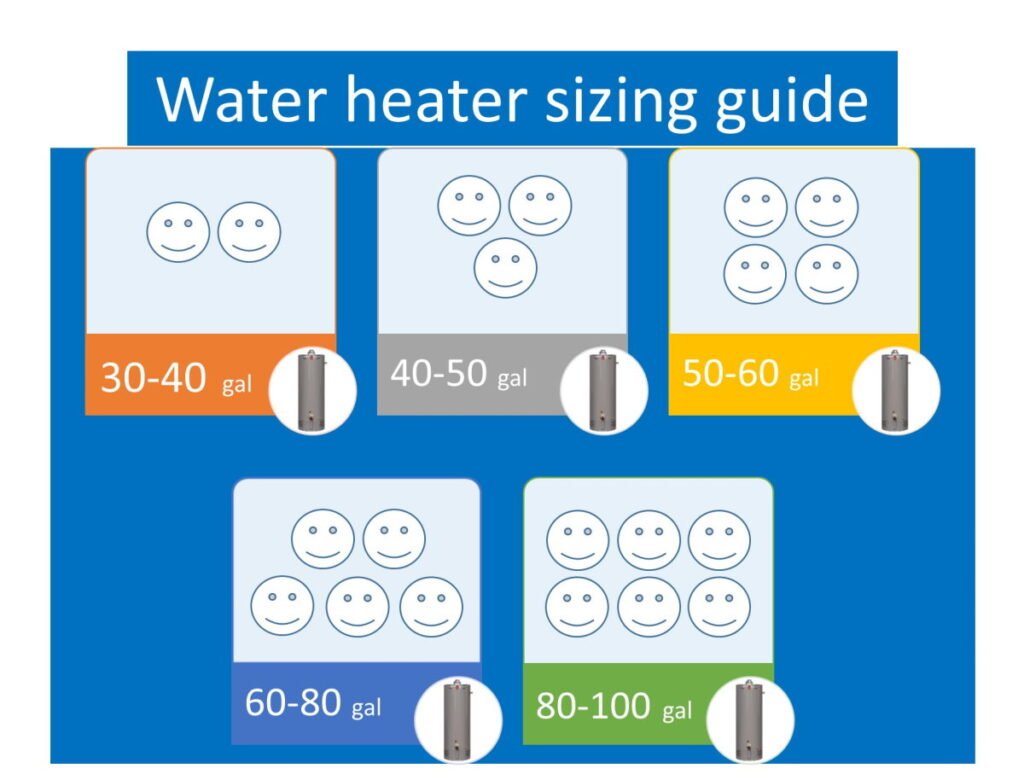
Sizing Tips: Understand Your Household’s Hot Water Needs
The first step in sizing a tank water heater is understanding how much hot water your household uses. This depends on the number of people in your home and their daily hot water usage habits.
Here’s a quick breakdown of typical daily hot water usage:
- Shower: About 10-15 gallons per person
- Bath: Approximately 20 gallons per use
- Dishwashing by hand: Around 4 gallons per load
- Dishwasher: Roughly 6-10 gallons per cycle
- Laundry (warm water): About 7-10 gallons per load
When considering your household’s hot water needs, it’s essential to think about your family’s routines.
For example, do multiple family members take showers around the same time each day?
Do you often run the dishwasher while someone else is using hot water for a bath?
Understanding these patterns will help you better estimate your peak hour demand. Also, consider the frequency of these activities. If your family members tend to take long showers or if you have teenagers who frequently use hot water, you might need to adjust your calculations to account for higher usage.
It’s also helpful to consider any future changes that might affect your hot water needs. For instance, if you’re planning to expand your family, invite long-term guests to stay, or add a bathroom, your hot water consumption will likely increase. By anticipating these changes now, you can avoid having to upgrade your water heater again in the near future.
Similarly, if you’re investing in energy-efficient appliances or low-flow fixtures, you might be able to reduce your overall hot water consumption, which can influence the size of the water heater you need.
The Importance of First-Hour Rating and Recovery Rate
When selecting a storage tank water heater, two critical metrics to consider are the first-hour rating (FHR) and the recovery rate.
The FHR indicates how much hot water the heater can supply in the first hour of use when the tank is fully heated. This measurement is crucial because it reflects the unit’s ability to meet your household’s immediate demand for hot water during peak times, such as in the morning when multiple showers might be taken, dishes washed, and laundry started simultaneously. A water heater with an appropriate FHR ensures you won’t run out of hot water when you need it most.
Here’s a quick guide to typical FHR based on household size:
- 1-2 people: 30-40 gallons
- 2-3 people: 40-50 gallons
- 3-4 people: 50-60 gallons
- 5 or more people: 60-80 gallons
Equally important is the recovery rate, which measures how quickly the water heater can reheat the water after some of it has been used. A higher recovery rate means the tank can replenish hot water faster, reducing the waiting time for more hot water to be available. This is especially important for larger households or those with high hot water demands throughout the day.
How to Calculate Your Peak Hour Demand
To properly calculate your peak hour demand experts suggest to list the hot water activities, including activities that often overlap, such as showers, running the dishwasher, and laundry.
Next, sum up the gallons used by each activity. For instance, if three people shower (each using 12 gallons) and the dishwasher runs (using 8 gallons), your peak hour demand is 3×12 + 8 = 44 gallons.
For example, let’s say you have a family of four. In the morning, two people might take showers simultaneously, using about 15 gallons each. Meanwhile, someone else could be washing dishes by hand, using around 4 gallons.
Additionally, another person might start a load of laundry, which could use approximately 8 gallons. Adding these together gives you a peak hour demand of 15 + 15 + 4 + 8 = 42 gallons. This means you’ll need a water heater with a first-hour rating (FHR) of at least 42 gallons to meet your household’s hot water needs during this peak time.
Another scenario could be an evening routine where a family of five prepares for bed. Two people take showers (12 gallons each), one person takes a bath (20 gallons), and the dishwasher runs (10 gallons). The total peak hour demand in this case is 12 + 12 + 20 + 10 = 54 gallons. Therefore, a water heater with an FHR of at least 54 gallons would be necessary to ensure everyone gets hot water without running out.
By accurately estimating your peak hour demand with these examples, you can select a water heater that comfortably meets your household’s needs.
Consider Temperature Settings
When sizing a tank water heater, it is also important to consider the temperature setting on your unit. The default setting for many water heaters is 120 degrees Fahrenheit.
However, if you prefer hotter water, say 140 degrees Fahrenheit, you’ll use more energy to heat the water, and the effective hot water output of the tank will decrease because it will take longer to heat up. Conversely, setting your water heater to a lower temperature will conserve energy and increase the tank’s effective capacity, as the water will not have to be heated as much.
For instance, if your water heater is set to 140 degrees Fahrenheit, a 50-gallon tank may only provide around 45 gallons of usable hot water during peak demand periods because it needs more time to reheat the water. On the other hand, setting the temperature to 120 degrees Fahrenheit can make the same 50-gallon tank feel like it has a slightly higher capacity, as it doesn’t need to work as hard to maintain the temperature.
Consider Your Space and Energy Efficiency
When sizing a water tank heater, it’s essential to consider the space available for installation and the unit’s energy efficiency. Measure the area where you plan to install the water heater to ensure it fits comfortably, allowing for adequate ventilation and access for maintenance. Modern water heaters come in various shapes and sizes, including taller and smaller POU models that can fit into tight spaces.
Additionally, prioritize energy-efficient models, which can significantly reduce your utility bills over time. Look for units with high Energy Factor (EF or UEF) ratings; the higher the EF, the more efficient the water heater.
Energy-efficient models not only save you money but also have a smaller environmental footprint, making them a smart choice for eco-conscious homeowners.
Consider also looking into additional features such as better insulation, heat traps, and high-efficiency burners, which can further enhance the unit’s performance and efficiency.
Consider the Rule of 70% Tank Capacity
It’s also important to consider the rule of 70% tank capacity. According to this rule, only about 70% of your tank’s capacity is usable hot water because as hot water is drawn from the tank, cold water enters and mixes with the remaining hot water, lowering its temperature.
For example, a 50-gallon tank will effectively provide about 35 gallons of hot water at a time. By considering both your desired temperature setting and this 70% rule, you can more accurately gauge the appropriate size of the water heater needed to meet your household’s peak hour demand.
Conclusion
Properly sizing a tank water heater ensures you have enough hot water for your needs without overspending on energy costs. By understanding your household’s hot water usage and peak hour demand, you can confidently choose a water heater that will keep your showers warm and your dishes clean without breaking the bank. Now that you know the essentials of how to size a water tank heater, you can make an informed decision that suits your home’s specific needs.
More About Water Heating
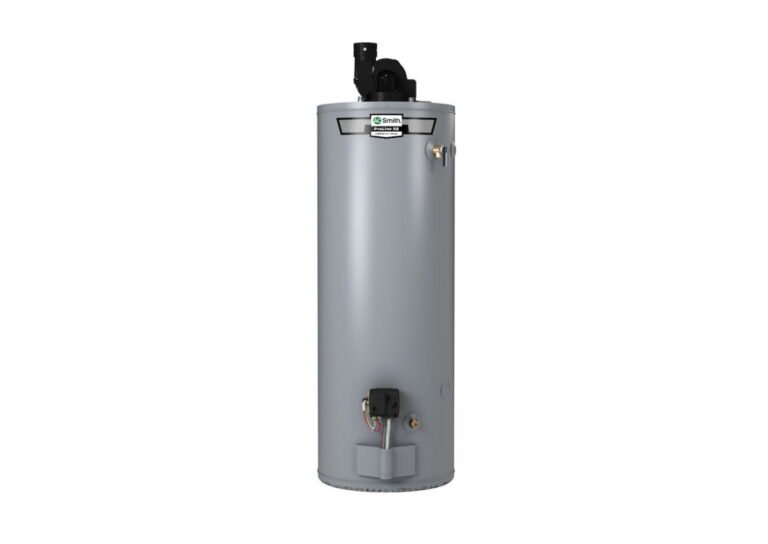
What Is: Power Vent Water Heaters (Including Pros and Cons)
Power vent water heaters offer flexibility and efficiency, making them a standout choice among the many options available for home…
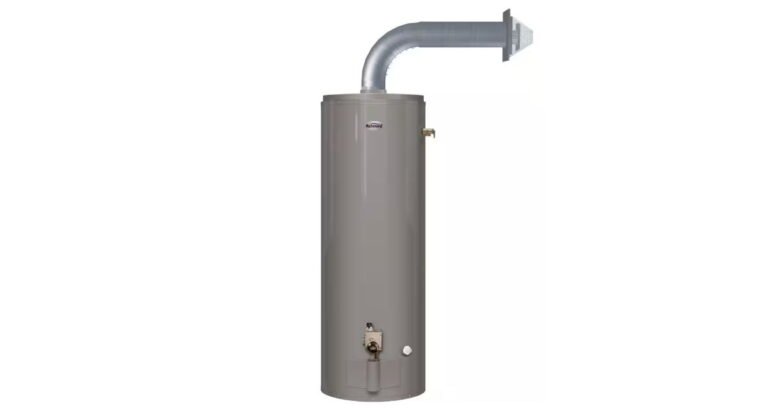
What Is: Direct Vent Water Heater (With Pros and Cons)
When you’re considering a new water heater for your home, the myriad of options can quickly become overwhelming, including atmospheric,…

What Is: Energy Factor (EF) and Uniform Energy Factor (UEF) in Water Heaters
When you’re in the market for a new water heater, you might come across two important metrics: Energy Factor (EF)…


